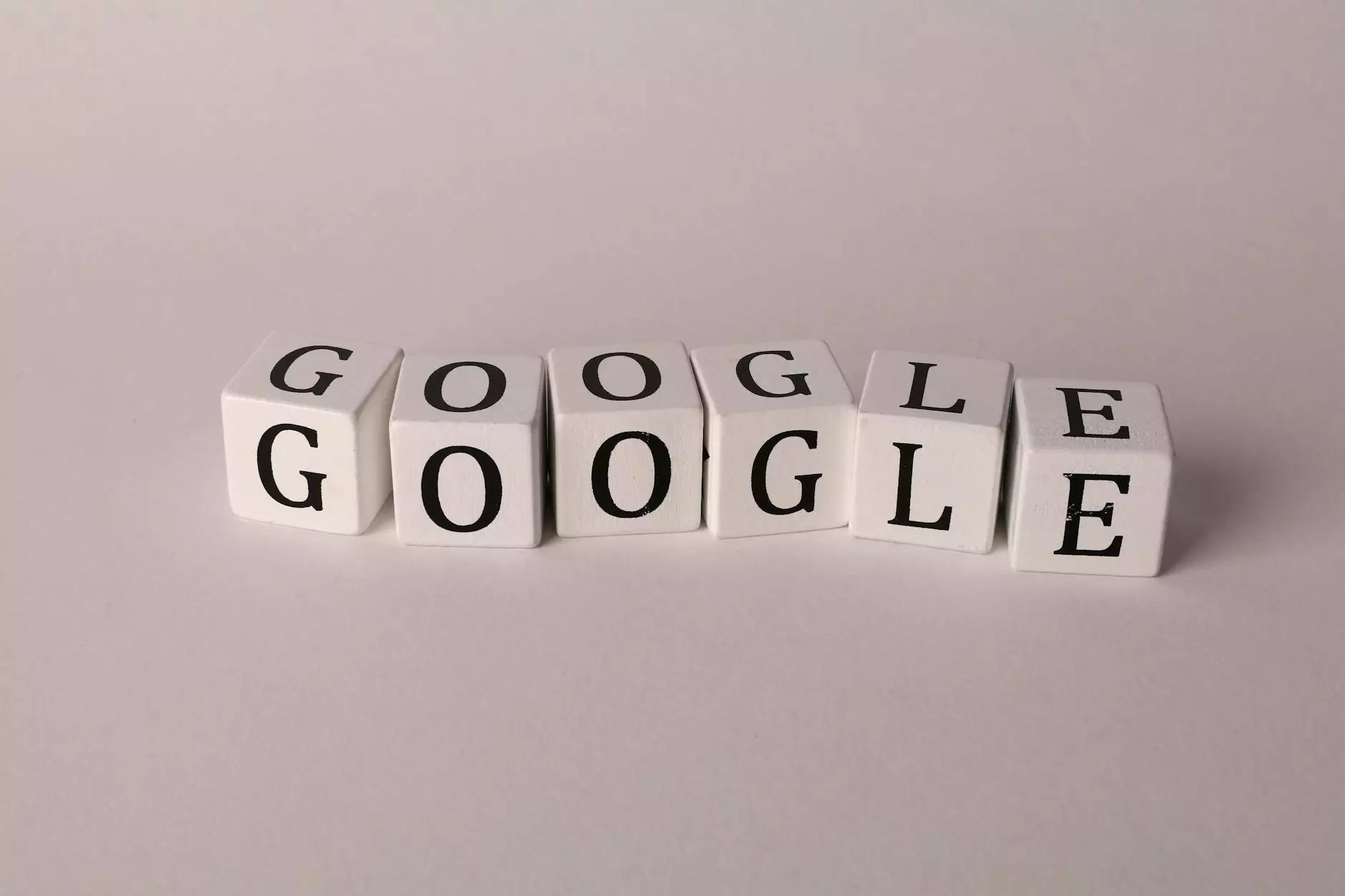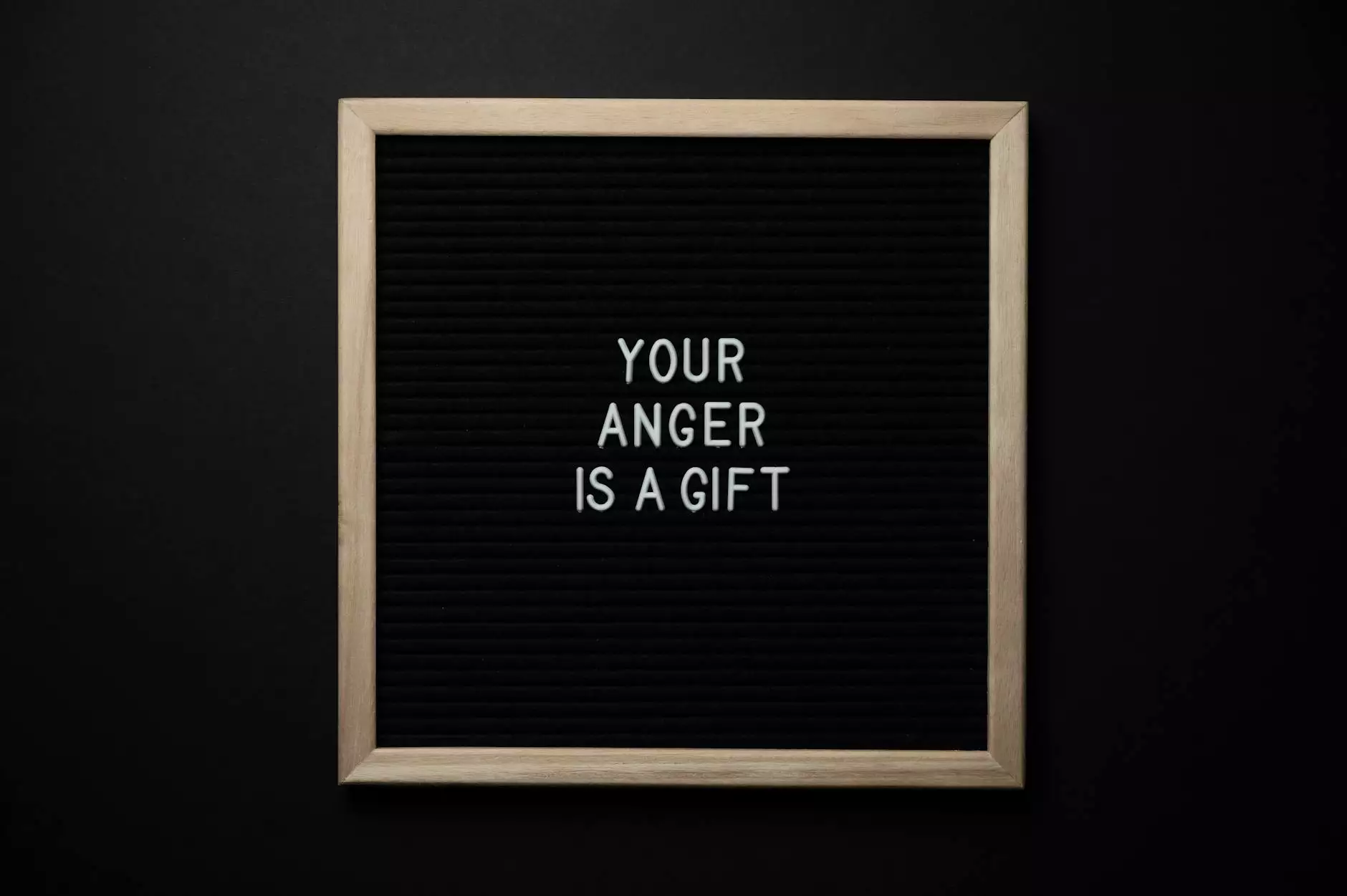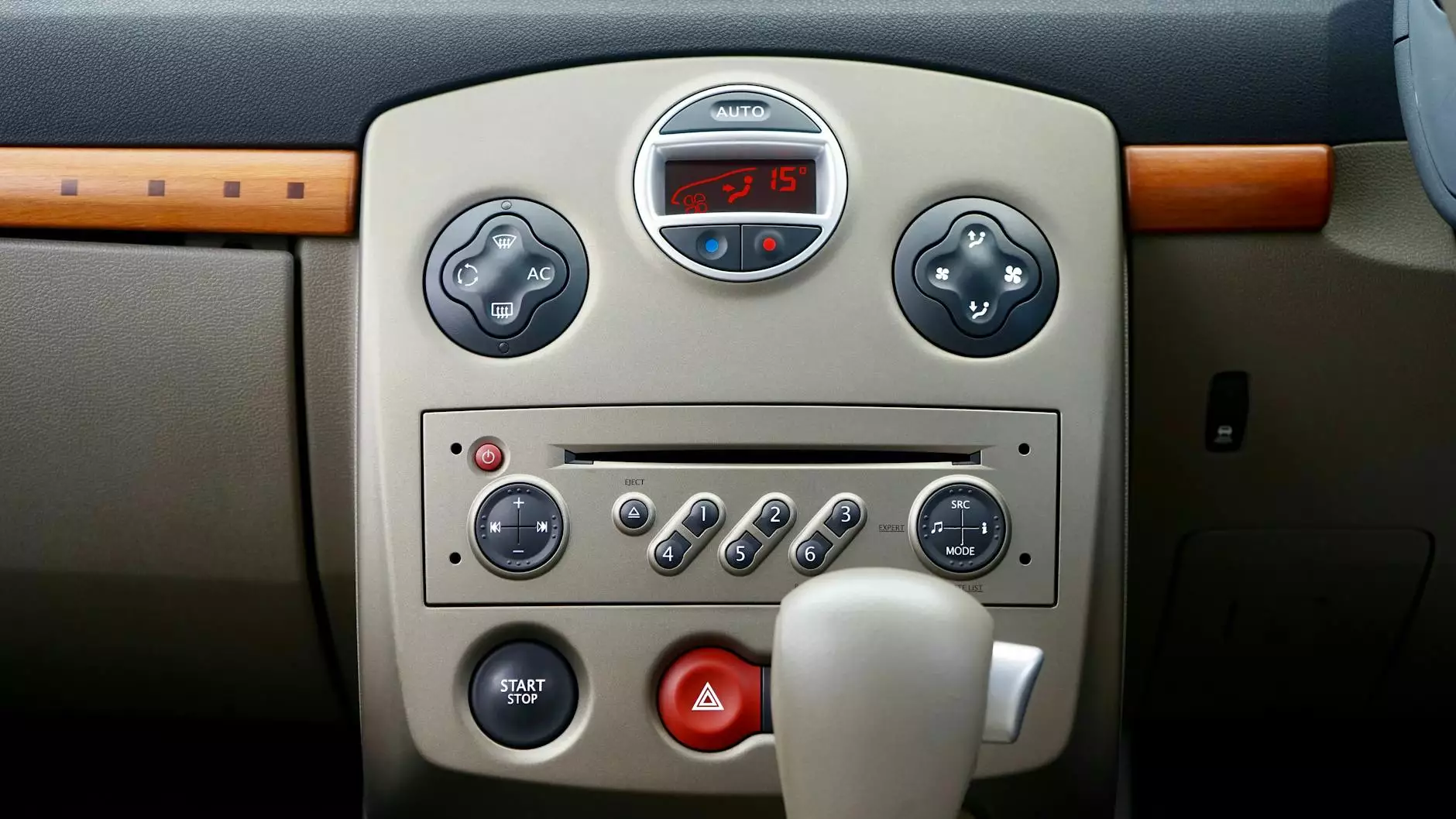How to Diagnose a Google Penalty
Resources
Welcome to RGV Digital Marketing, your trusted partner in the world of internet marketing. In this comprehensive guide, we will show you how to diagnose a Google penalty effectively and provide you with valuable insights to protect your website's ranking on Google search results.
Understanding Google Penalties
Google penalties can have a significant impact on your website's visibility and organic traffic. These penalties are algorithms or manual actions imposed by Google to ensure that websites are following ethical practices and providing high-quality content to users. When a website fails to comply with Google's guidelines, it can experience a drop in rankings or even be removed from the search index altogether.
Types of Google Penalties
There are two types of Google penalties to be aware of:
- Algorithmic Penalties: These penalties are applied automatically by Google's algorithms when they detect violations of their guidelines. The most well-known algorithmic penalty is the Google Penguin update, which penalizes websites for unnatural backlinks.
- Manual Actions: Manual penalties are imposed when a human reviewer at Google identifies violations of their guidelines during a manual review. These penalties can be more severe and require direct action to resolve.
Signs of a Google Penalty
It is crucial to be aware of the signs that indicate your website has been penalized by Google. Here are some common signals:
- A sudden drop in organic traffic
- A significant decrease in keyword rankings
- Being deindexed from Google's search results
- Receiving a notification in Google Search Console
- Incurring a manual penalty message in Google Search Console
Diagnosing a Google Penalty
Diagnosing a Google penalty requires a systematic approach and careful analysis of your website's performance and data. Here are the steps to follow:
1. Analyze Organic Traffic
Begin by examining your website's organic traffic patterns. Identify any sudden drops or significant fluctuations, especially in correlation with known algorithm updates or other potential triggers. This analysis will help you narrow down the timeline and potential causes of the penalty.
2. Review Google Search Console
Google Search Console is a valuable tool for diagnosing penalties. Check for any manual penalty messages or warnings received from Google. These messages will provide insights into the specific reasons why your website was penalized, such as thin content, unnatural links, or user experience issues.
3. Assess Backlink Profile
Examine your website's backlink profile to identify any suspicious or low-quality links. Google penalizes websites with an excessive number of unnatural or spammy backlinks. Use reputable SEO tools to analyze your backlinks and proactively disavow or remove harmful links.
4. Review On-Page SEO
Assess your website's on-page SEO elements, such as meta tags, headings, and content relevancy. Ensure that your pages have unique and engaging content, optimized title tags, meta descriptions, and appropriate use of keywords.
5. Evaluate User Experience
User experience plays a crucial role in Google's ranking algorithm. Review your website's loading speed, mobile-friendliness, and overall usability. Poor user experience can lead to penalties and hinder your website's performance.
6. Check for Duplicate Content
Duplicate content can harm your website's ranking potential. Use plagiarism detection tools to identify any duplicate content within your site or content that may have been plagiarized from other sources. Replace or remove duplicate content to avoid penalties.
7. Monitor Social Signals
Social signals, such as shares and engagement on social media platforms, can indirectly impact your website's rankings. Monitor social media interactions related to your content and ensure you are actively engaging with your audience.
Recovering from a Google Penalty
If your website has been penalized by Google, it is essential to take immediate action to recover its rankings. Here are some steps to consider:
1. Identify and Resolve Penalty Causes
Based on your diagnosis, address the specific issues that led to the penalty. Improve content quality, remove harmful backlinks, fix technical SEO issues, and enhance user experience to comply with Google's guidelines.
2. Submit a Reconsideration Request
If your website received a manual penalty, submit a reconsideration request to Google after resolving the penalty causes. Clearly explain the steps you have taken to rectify the issues and ensure compliance with Google's guidelines.
3. Build High-Quality Backlinks
Focus on building a diverse and high-quality backlink profile. Create engaging content that naturally attracts links from authoritative websites in your niche. Avoid using black-hat SEO techniques that can lead to further penalties.
4. Continuously Monitor Performance
Regularly monitor your website's performance using analytics tools and Google Search Console. Track improvements in organic traffic, keyword rankings, and overall search visibility. Stay up-to-date with algorithm updates and adapt your strategies accordingly.
Partner with RGV Digital Marketing for Your Internet Marketing Needs
As a leading internet marketing service in Edinburg, TX, RGV Digital Marketing is dedicated to helping businesses navigate the complex world of digital marketing. Our team of experts understands the intricacies of SEO and can provide tailored strategies to ensure your website remains visible and competitive.
Contact RGV Digital Marketing today to learn more about our comprehensive range of services, including SEO, social media marketing, content creation, and website design. Partner with us to take your online presence to new heights!










